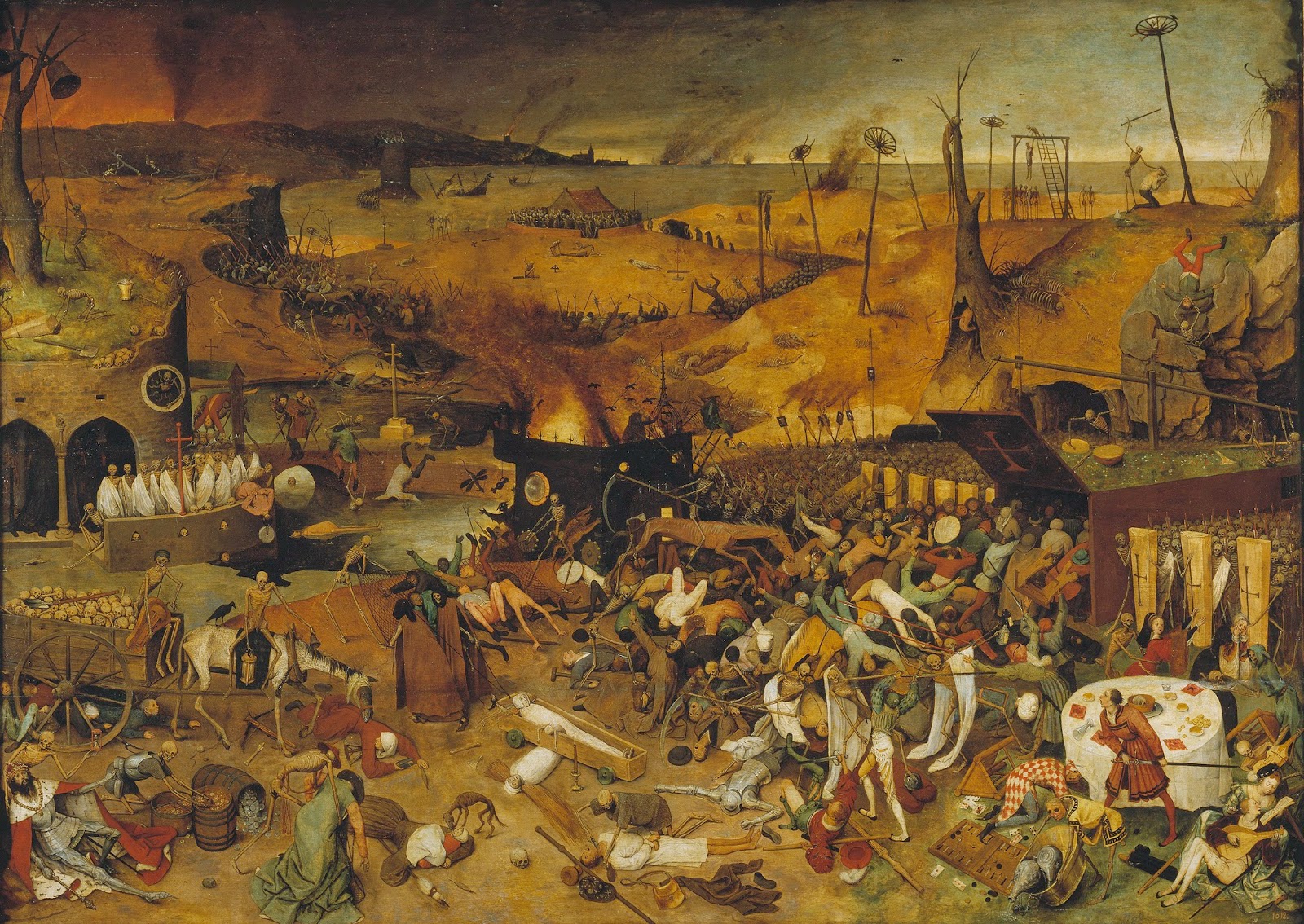As a fan of Silent Hill, I was excited to hear a second movie, Silent Hill: Revelation, was coming out. I hesitated to watch it, however, because of the drubbing it received from fans and critics alike. Which is too bad. When I finally watched it, it opened up a key element of the series for me: the role of love.
The protagonists of the games and movies often go to the
mist-shrouded town of Silent Hill and brave its horrors to find a loved one: a
spouse, a child, a parent. In the first movie (trailer), Rose (Radha Mitchell) goes in
search of her daughter Sharon and must face twisted monsters, psychotic
cultists and Dark Alessa, the seriously wicked little girl who is Silent Hill’s
nastiest denizen.
In the sequel, Sharon (Adelaide Clemens) now goes by the
name Heather. She and her father Harry (Sean Bean) have been on the run from
the cultists, who want Sharon back so they can place their god in her. When
they capture Harry, she returns to Silent
Hill to save him.
What struck me as I watched Silent Hill: Revelation, was how the series is, at bottom, about
love. Playing the games, the survival-horror aspect always commands the most
attention, but Revelation highlighted
the determination and courage Silent Hill
protagonists must have to face the small town’s horrors.
Saving loved ones is hardly unique to Silent Hill as a plot driver, but what Silent Hill has isn’t merely love in the face of danger, but love
walking into the jaws of some truly evil shit. There are armless men who vomit
poisonous gas, attack mannequins with their limbs all wrong, shapeless
gargantuans stumping through the fog, and--a classic and personal favorite--zombie
nurses wielding rusty surgical tools.
Meet the Janitor:
We all know love can lead to some dark places--obsession,
low self-esteem, infidelity, fights, divorce and worse--but Silent Hill is not about that, it’s
about something brighter: the strength of love in facing darkness. In Revelation, despite numerous warnings
from her father and her friend Vincent, Heather never blinks in the face of old
and new horrors. She must help her father, and in doing so she faces newbies
like the Mannequin-Spider as well as old veterans like Pyramid Head:
Not true to life? No, very
true to life. Is it not for love that we take a demeaning job to feed the
family? Or face nights caring for a sick and vomiting child? Or visit a
grandparent with severe Alzheimer’s who raves unintelligibly? That we drive
past the sign that says “Welcome to Silent Hill”? Or search for a way toward the inhuman moans? Or advance
into the dark where something is definitely going bump?
The terrors of real life are the horrors of Silent Hill, with one crucial
difference: the former are real and can
hurt you.
And yet we face them.
Sure, the thrill of Silent
Hill is largely the horror, but the series would not be lasting--so far it
has had a moderate run, lasting since 1999 through nine video games, two movies
and other assorted media--without this simple but powerful kernel of human
truth about love in darkness, facing all the demons, opening all the doors,
exploring every corner, and fighting all the monsters until they’re dead.
Or you are.
The Silent Hill
movie franchise is said to be up in the air, but Revelation ends with Sharon’s father returning into the mist to
find his wife Rose. Wouldn’t that be a fitting way to finish a trilogy?







